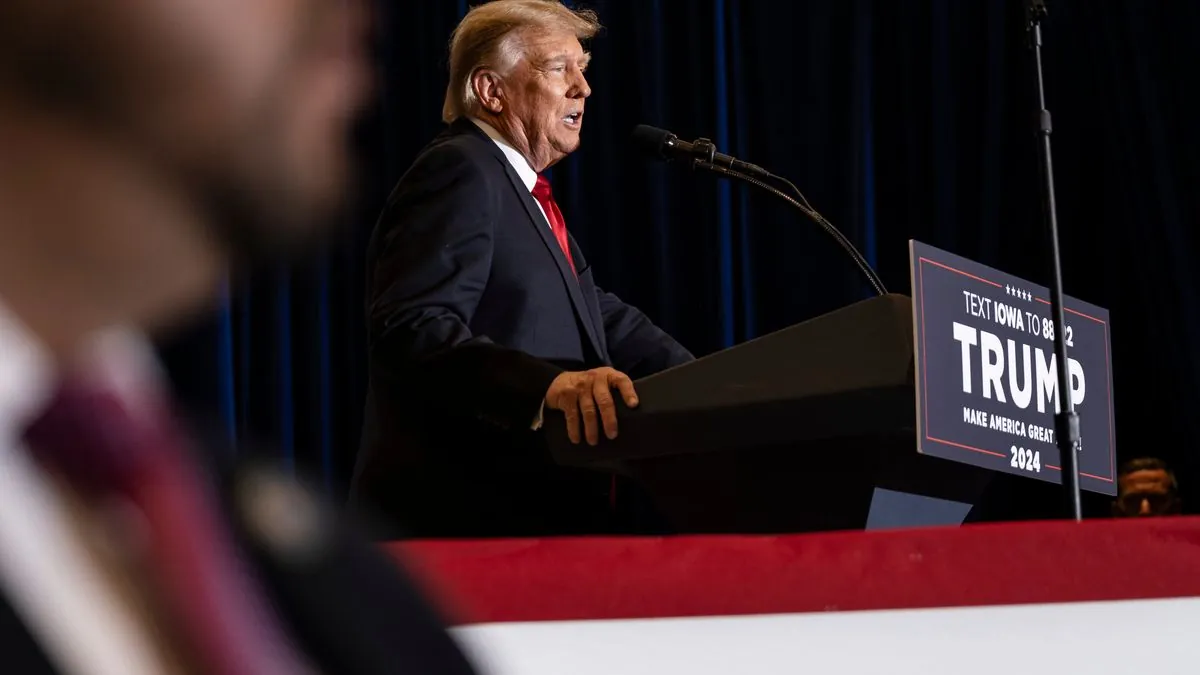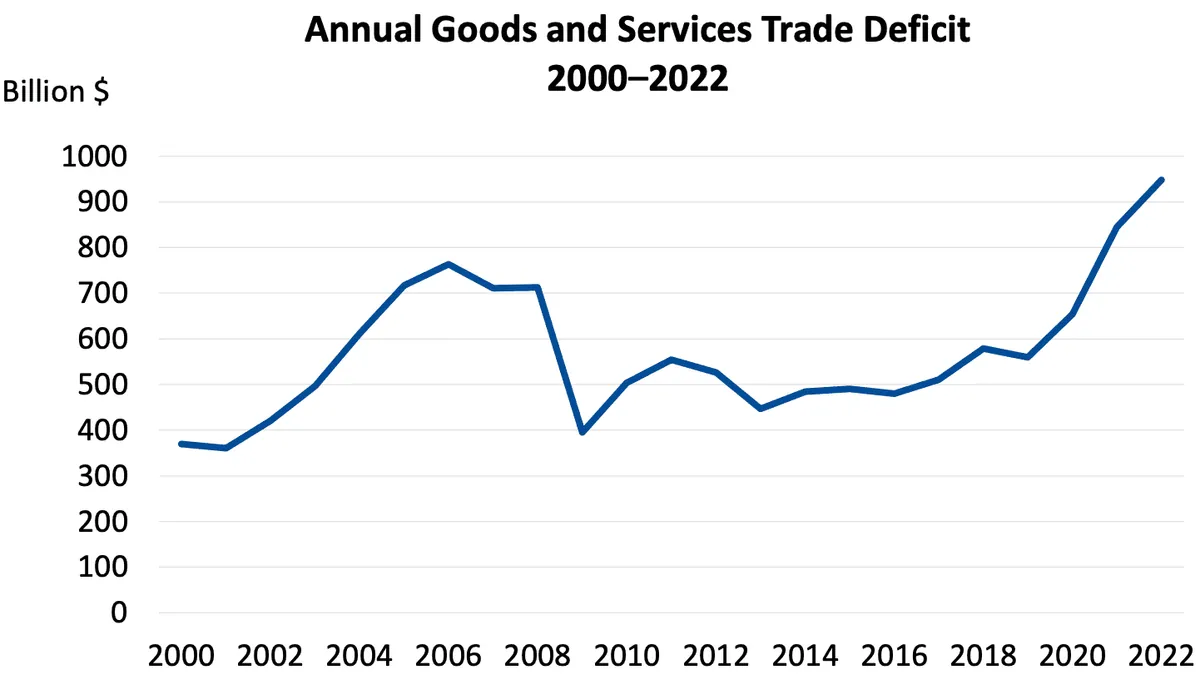Trump's Tariff Vision: Economic Panacea or Potential Pitfall?
Former President Trump proposes extensive tariffs on imports, claiming economic benefits. Economists warn of potential negative impacts on U.S. economy and consumers. Biden administration also maintains some tariff policies.

Donald Trump, the Republican presidential nominee, has proposed a sweeping tariff plan as a solution to various economic challenges facing the United States. His proposal includes a 60% tariff on Chinese goods and up to 20% on other imports, with even higher rates threatened for specific companies and countries.
Trump's tariff vision comes at a time when global trade dynamics are complex and evolving. The World Trade Organization (WTO), established in 1995 to regulate international trade, has seen significant changes in its nearly three-decade existence. The U.S. has been a WTO member since its inception, but recent years have seen a shift in American trade policy.
The former president's approach to tariffs is not without historical precedent. In fact, the U.S. has a long history of using tariffs as a policy tool. The Tariff Act of 1789, signed by George Washington, was the first major legislation of its kind. However, the landscape of international trade has changed dramatically since then.
Trump's assertion that tariffs will create jobs, reduce the deficit, and lower prices contradicts the views of many economists. A recent study by the Peterson Institute for International Economics projects that Trump's proposed tariffs could reduce U.S. economic growth by more than a percentage point by 2026 and increase inflation.
It's important to note that tariffs are typically paid by importers, not foreign countries, contrary to Trump's claims. These costs are often passed on to consumers through higher prices. The Biden administration has maintained some of Trump's previous tariffs, particularly on Chinese goods, indicating a bipartisan shift towards more protectionist policies.
The impact of tariffs on the U.S. economy can be significant. In 2022, the U.S. trade deficit reached a record $948.1 billion, with the deficit with China alone accounting for $382.9 billion. These figures underscore the complexity of international trade relationships and the potential consequences of dramatic policy shifts.
Trump's tariff proposals also raise questions about their compatibility with existing trade agreements. The U.S. currently has free trade agreements with 20 countries, and the European Union remains its largest trading partner, with $1.1 trillion in total trade in 2022.
"Tariffs are the greatest thing ever invented."
While Trump views tariffs as a tool for international pressure and even conflict prevention, historical evidence suggests their effectiveness in these areas is limited. The Smoot-Hawley Tariff Act of 1930, which raised U.S. tariffs on over 20,000 imported goods, is often cited as a contributing factor to the Great Depression.
Critics argue that Trump's tariff plan could lead to retaliatory measures from other countries, potentially harming U.S. exporters and disrupting global supply chains. The U.S.-China trade war that began in 2018 led to average U.S. tariffs on Chinese goods increasing from 3% to 19%, demonstrating the escalating nature of such conflicts.
It's worth noting that the U.S. has various institutions dedicated to trade policy, including the Department of Commerce and the International Trade Commission. These bodies provide expertise and enforcement capabilities for U.S. trade laws and agreements.
As the debate over tariffs continues, policymakers must weigh the potential short-term political gains against the long-term economic impacts. The Trade Adjustment Assistance program, established in 1962, serves as a reminder of the human cost of trade policies, helping workers who have lost jobs due to foreign trade.
In conclusion, while Trump's tariff proposals have garnered significant attention and support from some quarters, their potential economic consequences remain a subject of intense debate among policymakers and economists alike.



































